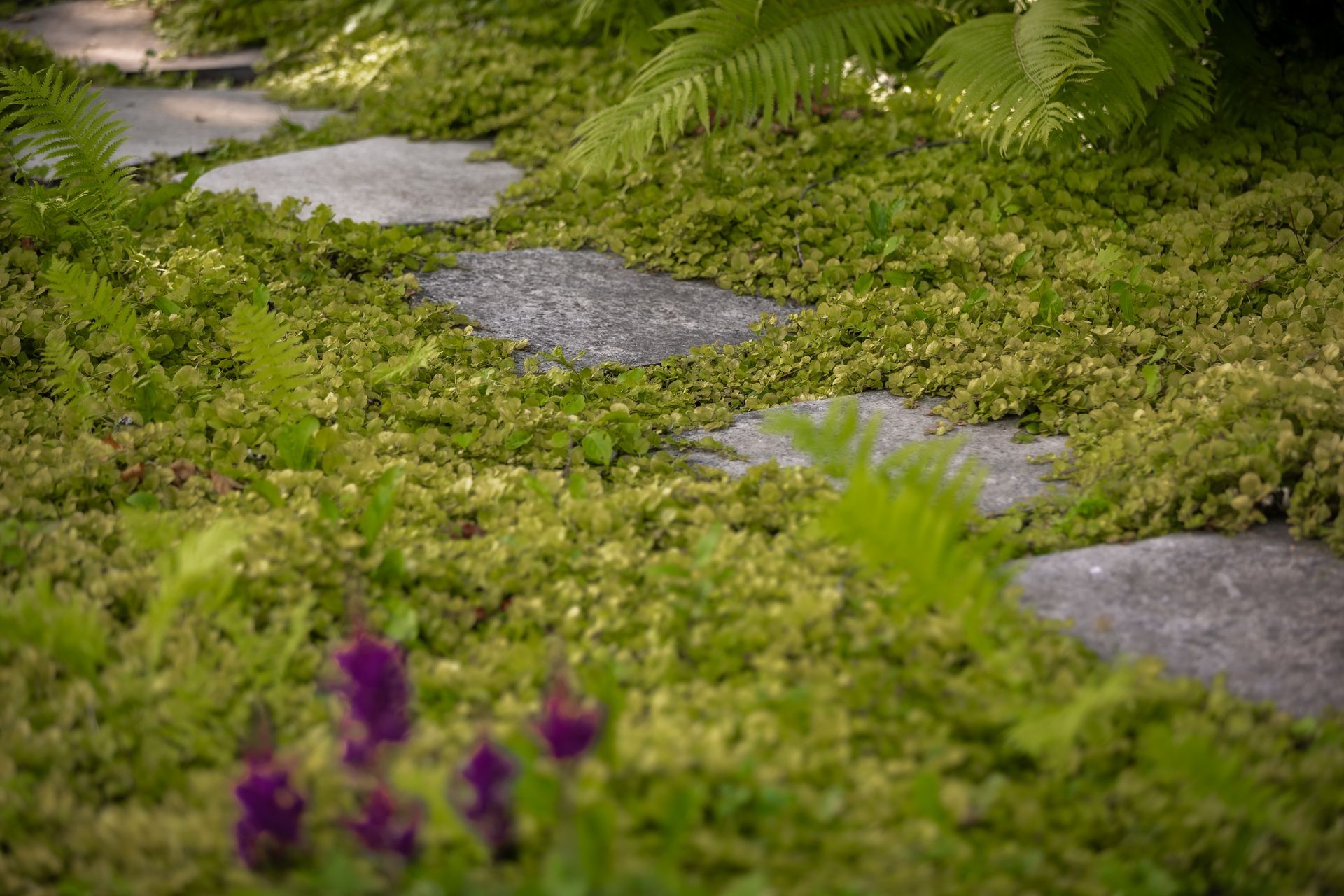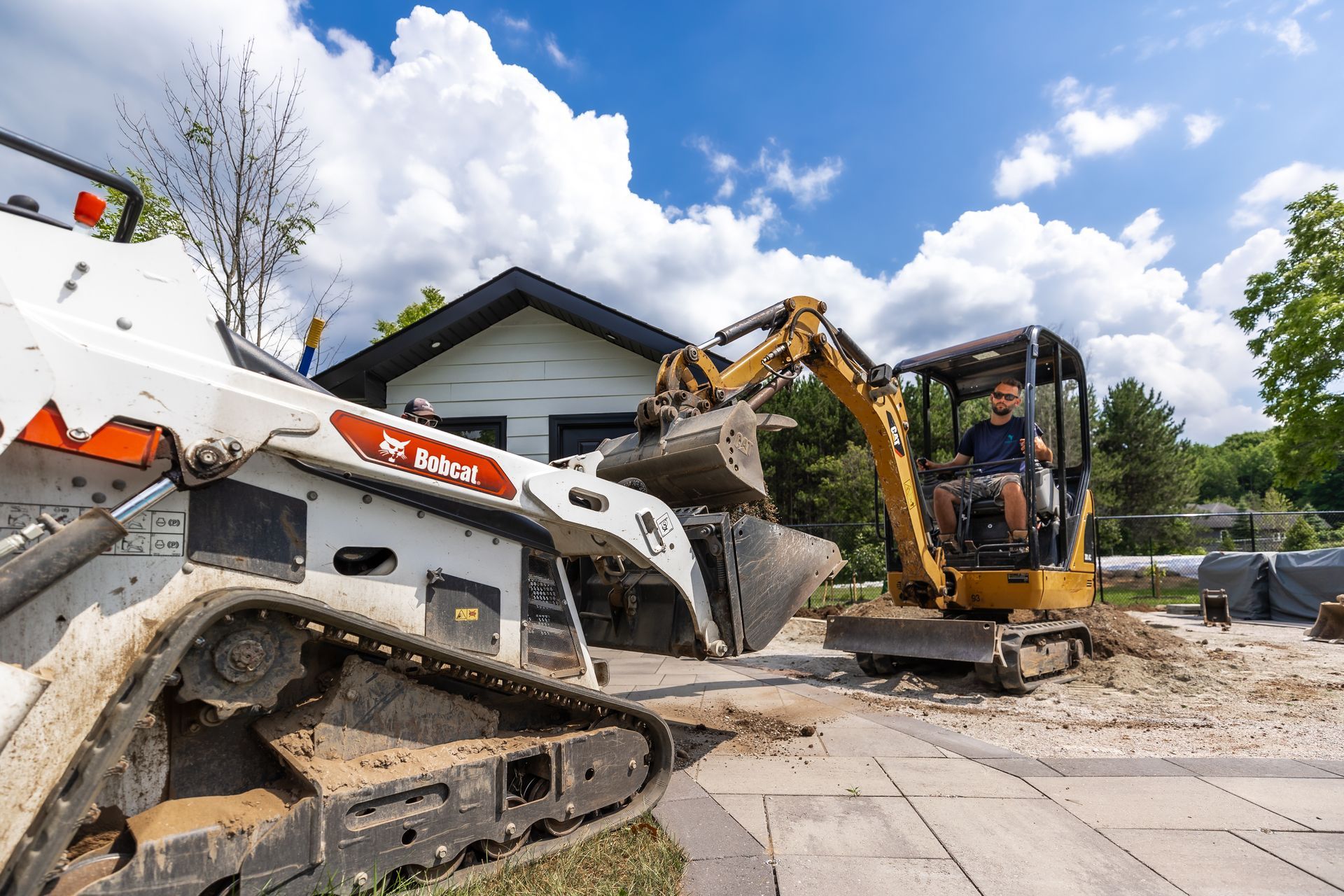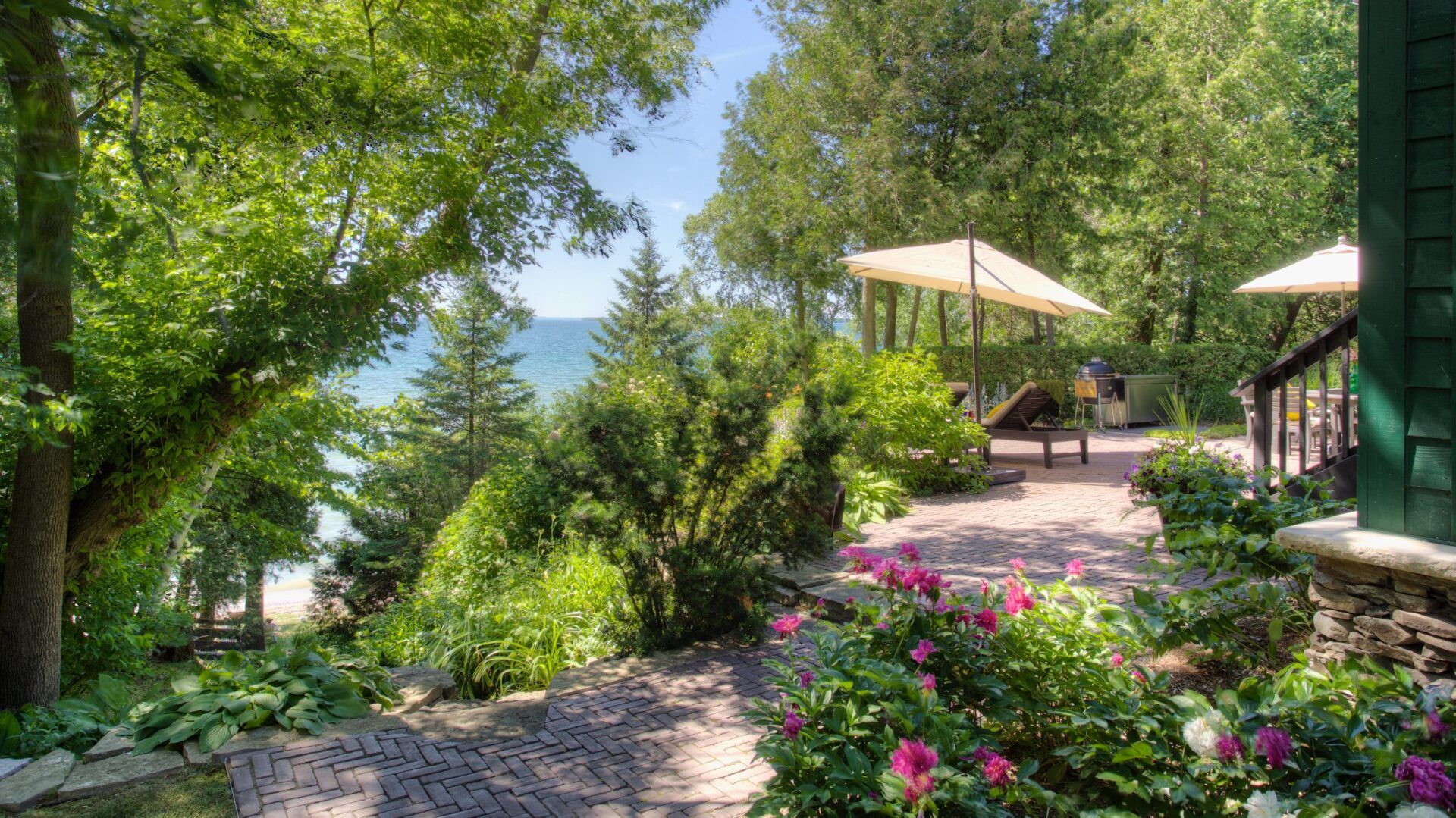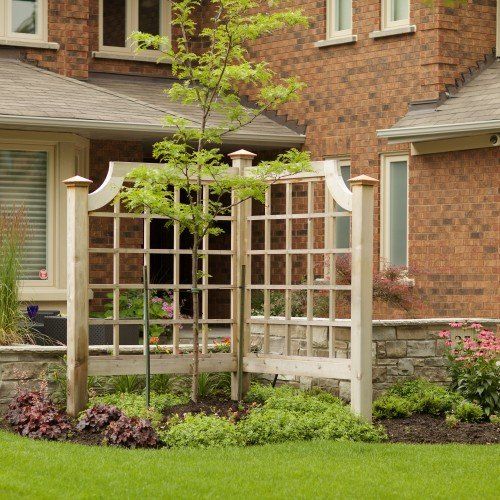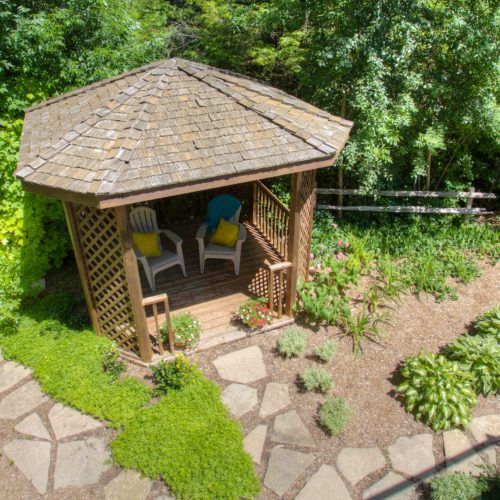Rain With Purpose
How Stormwater Features Add Beauty and Value
When most people think of rain, they imagine puddles, mud, or the inconvenience of wet shoes. But in modern landscaping and urban planning, rain is being seen in a whole new light, not as a problem to get rid of, but as a valuable resource.
Enter stormwater features: practical, beautiful solutions that transform rainwater into a powerful design element that adds both visual interest and property value.
What Are Stormwater Features?
Stormwater features are specially designed landscape elements that manage runoff from rain or melting snow. Instead of letting water pool or flow untreated into storm drains, potentially carrying pollutants into rivers and lakes; these features slow, filter, and sometimes reuse the water right on site.
Some popular stormwater features include:
- Rain gardens – shallow, planted basins that soak up runoff and filter it through soil and plant roots.
- Bioswales – vegetated channels that slow water flow and allow for natural filtration.
- Permeable paving – materials that allow water to seep through instead of running off hard surfaces.
- Rainwater harvesting systems – barrels or cisterns that collect rain for reuse in irrigation.
- Green roofs – rooftop gardens that absorb rain, reduce heat, and insulate buildings.
Why They’re Gaining Popularity
- Environmental Benefits
Stormwater features reduce erosion, lower the risk of flooding, and prevent pollution from reaching waterways. They also support local ecosystems by promoting native plant growth and providing habitat for birds and pollinators. - Aesthetic Appeal
Well-designed rain gardens or bioswales can be stunning. With a mix of textures, colors, and layers, these features often look like intentional landscape designs because they are. - Increased Property Value
Homes and commercial spaces with integrated green infrastructure are more attractive to eco-conscious buyers and renters. Plus, features like green roofs or permeable driveways can lead to lower utility bills, stormwater fee reductions, and long-term maintenance savings. - Regulatory Incentives
Many cities now offer rebates or tax credits for stormwater management improvements. Installing these features may also help meet local building or environmental codes.
Designing with Purpose
Incorporating stormwater features doesn’t mean sacrificing style. In fact, landscape architects are increasingly treating water as a design focal point. For example:
- A rain garden planted with native wildflowers becomes a seasonal centerpiece.
- A sleek rain chain can guide water from gutters into a sculptural basin.
- A patio made from permeable pavers can look just as polished as traditional stone, but with added functionality.
- A swale can be a show case piece as a dry river bed with decorative gravel, river rock, boulders and plantings, instead of a lawn mowing issue.
Final Thoughts
The next time it rains, think beyond the inconvenience.
With thoughtful design, stormwater can be an asset instead of a liability. Whether you're a homeowner, business owner, or city planner, stormwater features offer a smart, sustainable, and beautiful way to work with nature, not against it.


